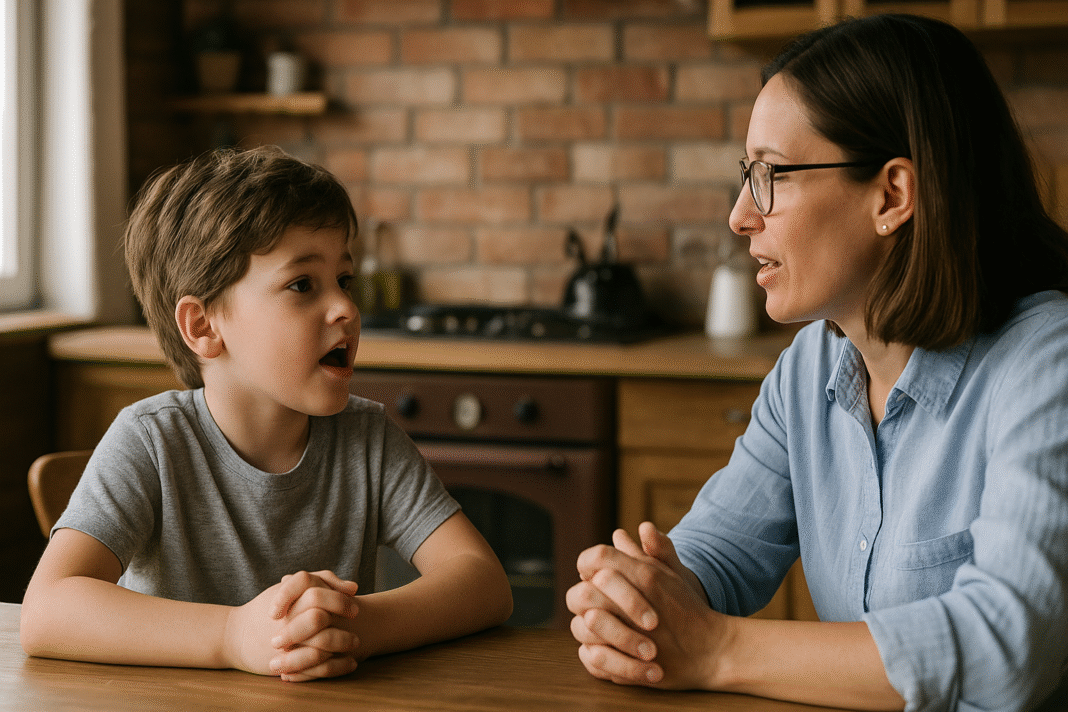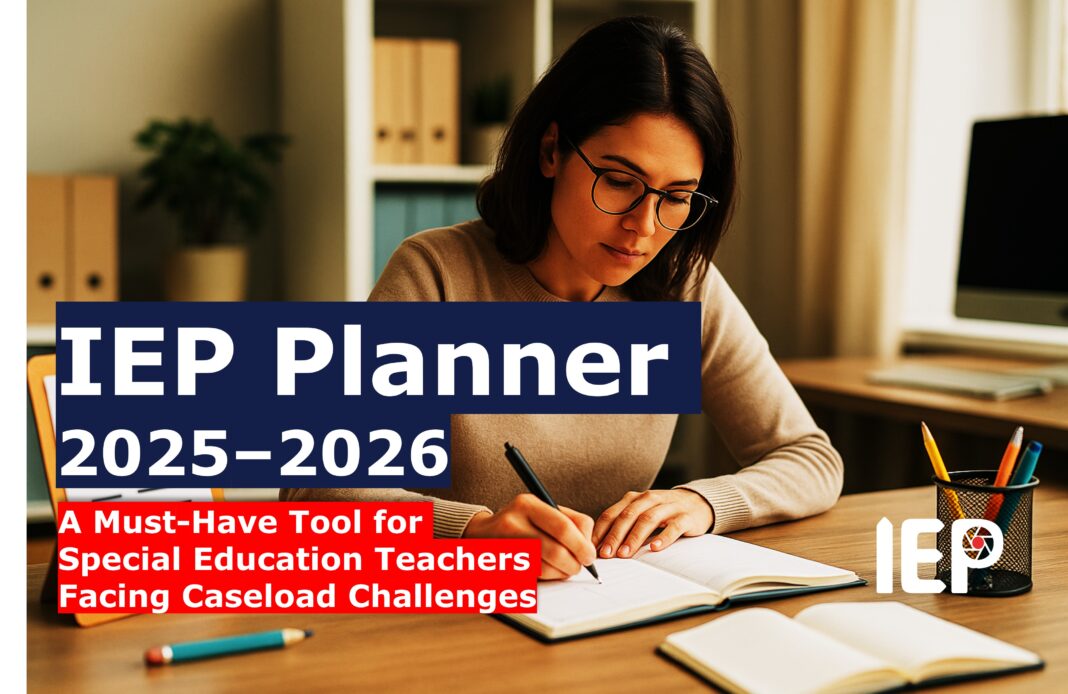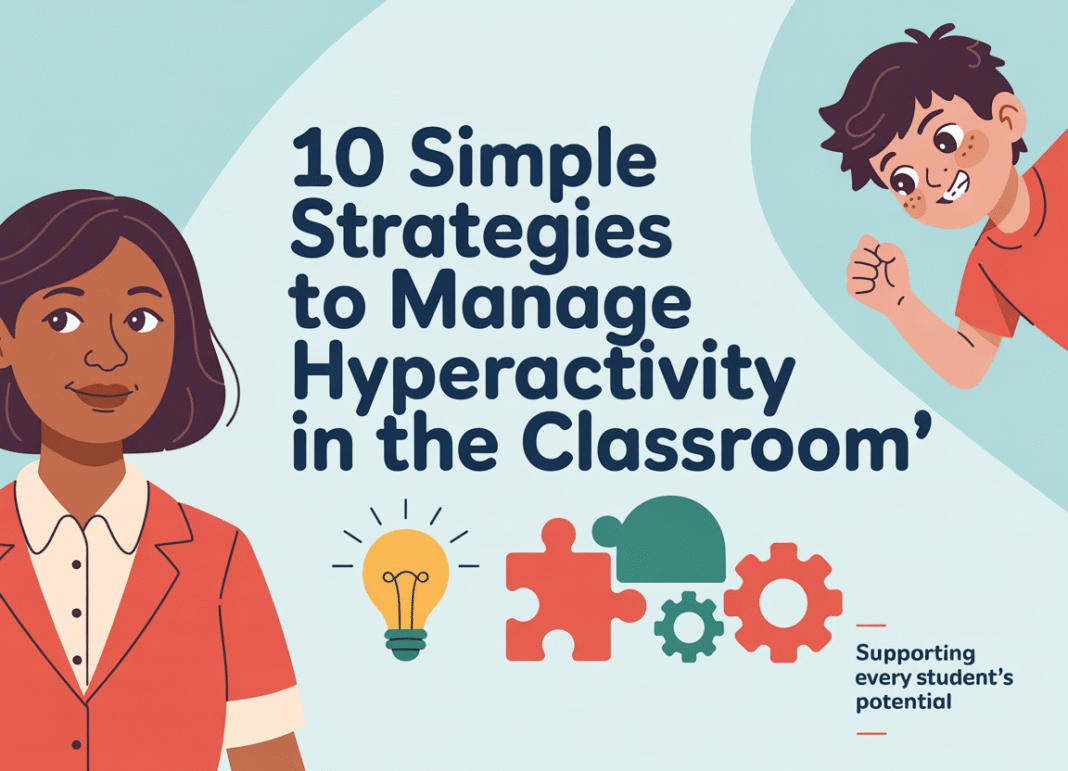Echolalia refers to the repetition of words, phrases, or sentences that a child has previously heard. At first, it may appear unusual or even concerning, but in reality echolalia plays an important role in communication and language development for many children. For parents, teachers, and therapists, understanding echolalia is essential to offering the right support.
What is Echolalia?
Echolalia can take different forms depending on how and when it is used.
Immediate echolalia happens when a child repeats something right after hearing it. For example, if you ask “Do you want juice?” the child may respond by echoing “Do you want juice?” instead of answering directly.
Delayed echolalia happens when a child repeats something heard earlier, such as a line from a cartoon, a phrase from a teacher, or a conversation at home. This repetition might occur hours, days, or even weeks after the original moment.
Echolalia can also be functional, when it is used to communicate, or non-functional, when it seems unrelated to the immediate context. Both forms, however, give insight into the child’s thinking and communication style.
Why Children Use Echolalia
Echolalia should not be seen as meaningless. In fact, it serves several important purposes, such as:
- Learning and practicing language. Repetition helps children expand vocabulary and speech skills.
- Processing information. Saying words again helps children understand and make sense of what they hear.
- Expressing emotions. A child might repeat comforting words like “It’s okay, don’t worry” as a way to soothe themselves.
- Regulating feelings. Familiar scripts can help children calm down in stressful situations.
- Engaging socially. Repetition can be a way for children to join conversations or show interest in others.
Echolalia and Developmental Differences
Many toddlers naturally go through a stage of repeating words while learning to talk. For some children, however, echolalia remains an ongoing part of communication. This is often seen in children with autism spectrum disorder, ADHD, or language delays.
Research has shown that echolalia is not simply “echoing.” For many autistic children, it is a first step toward developing original and spontaneous speech. Instead of being discouraged, it should be guided so that the child can use it in meaningful ways.
Types of Echolalia in Practice
Professionals often distinguish between different ways echolalia is used:
Mitigated echolalia is when a child changes part of the phrase. For example, instead of repeating “Do you want juice?” they might shorten it to “Want juice.”
Interactive echolalia is when repetition is used as part of a conversation, allowing the child to answer or keep the interaction going.
Non-interactive echolalia is when repetition is more self-directed, often used for comfort or self-regulation.
Strategies to Support Children with Echolalia
The goal is not to stop echolalia but to guide it into functional communication. Here are some effective strategies:
- Model simple and clear language, such as “I want water” instead of long sentences.
- Give the child time to process and respond before repeating your question.
- Pair words with visual supports, pictures, or gestures.
- Expand on what the child echoes. For example, if they repeat “Time to clean up,” you can respond with “Yes, time to clean up the toys.”
- Recognize that repetition may reflect emotions and offer comfort when needed.
- Work closely with speech therapists to shape echolalia into useful communication.
A Practical Resource for Parents and Teacher
Supporting children with echolalia can be challenging without clear guidance. To make this easier, the Internal Echolalia Strategy Toolkit provides 25 detailed strategy tables with over 250 practical ideas. It is designed for parents, teachers, and therapists who want to transform echolalia into meaningful communication. The toolkit includes strategies for home, classroom, and therapy sessions, making it a flexible resource for different settings.
Final Thoughts
Echolalia is not simply repetition. For many children, it is a bridge to communication, a tool for understanding the world, and a way to express feelings. With patience and the right strategies, parents and teachers can help children move from repeating words to using language in a purposeful and independent way.
Instead of trying to silence echolalia, we should see it as a doorway to growth and connection. By combining understanding, professional guidance, and practical tools, we can empower children to build stronger communication skills and more confident voices.




